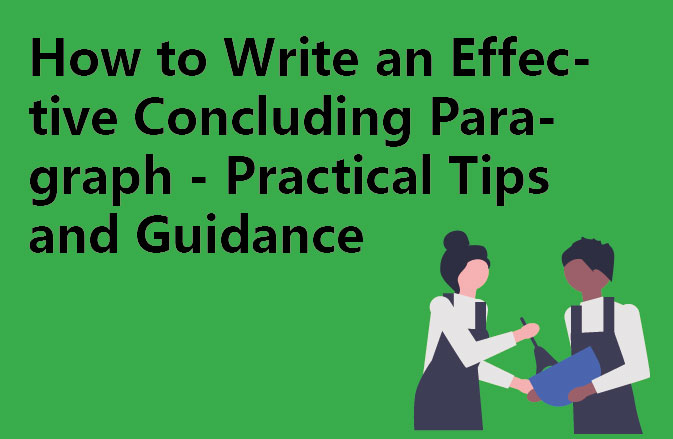The Conclusion paragraph (Conclusion) is a crucial and key component of scientific and technical literature that is used to summarise and outline the main findings and conclusions of the entire paper. An effective Conclusion paragraph not only clearly communicates the results of the research and provides value to the reader, but also offers suggestions for future research. Here are a few tips and strategies for writing a conclusion paragraph.
1. Basic structure of a conclusion paragraph
The conclusion paragraph usually consists of the following parts:
a. A brief summary of the main findings;
b. A statement of the importance of the study and its potential implications;
c. highlighting the limitations of the study and suggesting improvements;
d. constructive comments on different areas of the study.
2. Review the purpose and theme of the study
At the beginning of the conclusion paragraph, review the purpose and themes of the study to ensure that the reader gets the full picture of the study. This helps to ensure that the conclusion paragraph is coherent with the introduction and body sections.
3. Stating the importance of the study
In the conclusion paragraph, elaborate on the importance of the study, including its ability to fill a research gap, its positive impact on society or the globe, and the innovative aspects of the study. This will give the reader a better understanding of the importance of the study.
4. Highlight the limitations of the study
In the conclusion paragraph, it is important to clearly state the limitations of the study, such as limited sample size, applicability and feasibility of the results. However, it is important to note that these limitations should not contradict the main findings of the study or undermine the validity of the study.
5. Suggesting improvements
Based on the limitations of the study, suggestions for improvement and directions for future research are proposed. These suggestions may be based on the improvement of the research methodology, and may also take into account factors such as the current policy environment, international trends, and the latest research findings of renowned scholars.
6. Language requirements for the concluding paragraph
The language of the concluding paragraph should be concise, avoiding length and repetition. At the same time, it should try to use professional terms and complex vocabulary to improve the academic level of the paper.
7. Echoing of the concluding paragraph with the introduction
The concluding paragraph should form a good echo relationship with the introduction to ensure the logic and integrity of the whole paper.
8. Formatting requirements for the concluding paragraph
The format of the concluding paragraph should conform to the norms of scientific and technical literature, including font, font size, paragraph spacing and other details.
9. Length control of the concluding paragraph
The length of the conclusion paragraph should be moderate, not too long or too short. Generally speaking, the length of the conclusion paragraph should be controlled at about 10% to 20% of the length of the whole paper.
In conclusion, the conclusion paragraph is an essential part of scientific and technical literature. By following the above tips and strategies, you can write an efficient, accurate and impactful conclusion paragraph.




